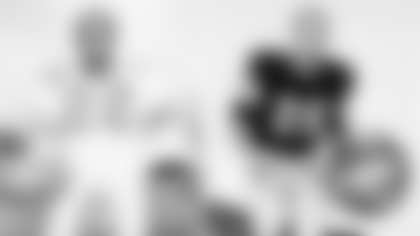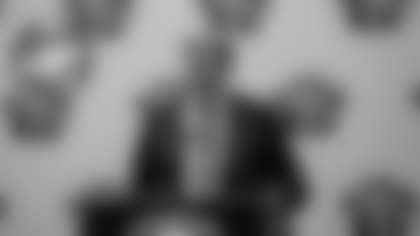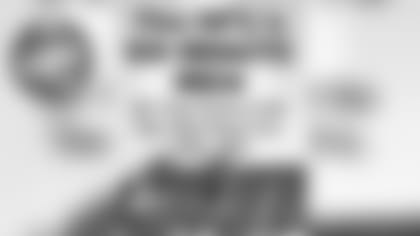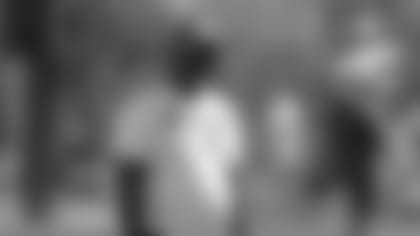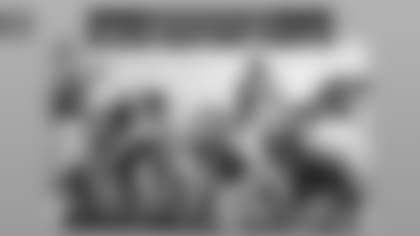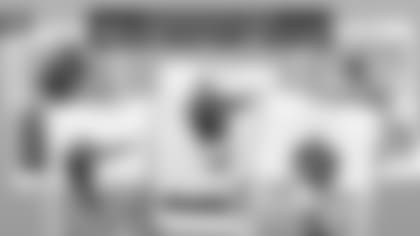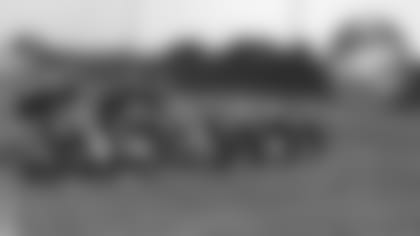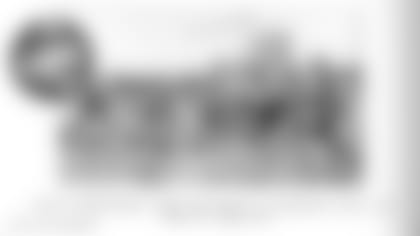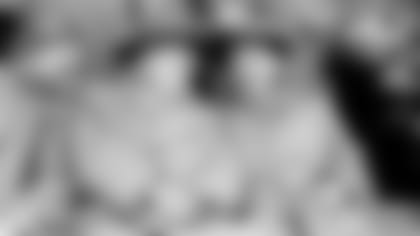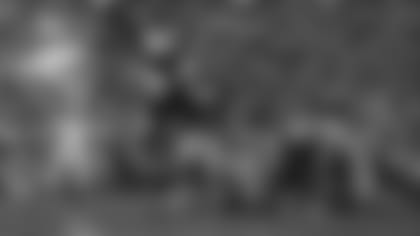Following the 50th anniversary of Curly Lambeau's death, his student file at Notre Dame became available to researchers and sheds at least some additional light on his whereabouts and movements leading up to the formation of the Green Bay Packers on August 11, 1919.
On June 1, the University of Notre Dame Archives was able to release Lambeau's student file in response to my written request. The school's policy allows for personal files to be released 50 years following a student's death.
In truth, his admission blank, entrance record and transcript provided no deep, dark secrets about Lambeau's short stay at Notre Dame in the fall of 1918, other than he dropped out of school in December (no specific date was listed) and he wasn't given a grade for any of his seven classes.
There was no explanation for why he left, whether illness played a part or if he ever reapplied for admission.
Actually, I was able to uncover more revealing information during a visit to the Notre Dame Archives more than a year ago just prior to becoming Packers historian. During that search, I found a letter Lambeau wrote to Notre Dame Coach Knute Rockne, dated Jan. 6, 1919.
Lambeau sent the letter on Notre Dame stationery from his residence in Green Bay at 1173 E. Walnut St. The source and required footnote for the letter follows: (Earl L. Lambeau to "Dear Rock", 6 Jan. 1919, University Athletic Director's Records, 6/44, Archives of the University of Notre Dame.)
"It will be hard for me to go back to school as I cannot depend upon receiving money from home, due to ill luck," Lambeau's letter read. "No doubt all the bunch is back and going to it again. I sure would like to be with them. I wonder if I could obtain a job so as to make things go along smooth, if I should return."
There was no response from Rockne in the file, but there were previous letters addressing money matters written between Lambeau and Jesse C. Harper, Rockne's predecessor at Notre Dame, in early 1917 before Lambeau graduated from Green Bay East High School.
In a letter dated Feb. 17, 1917, Lambeau wrote to Harper, "I am not fixed very well financially, and I would like to know what is the best you can do for me." Harper waited almost three weeks to respond, explained that he wasn't sure how to interpret Lambeau's letter and tersely noted, "If you are willing to work I will be very glad to try to help you. If you are not willing to work and in addition looking for an offer I assure you, you will have to consider some other institution."
(Letter to Mr. Jesse C. Harper, 17 Feb. 1917, & Letter to Mr. Earl L. Lambeau, 9 March 1917, University Athletic Director's Records, 6/44, Archives of the University of Notre Dame.)
There was no further correspondence between Lambeau and Harper in the file, and Lambeau waited more than a year after graduating from East before enrolling at Notre Dame in the fall of 1918.
Lambeau lettered and started at fullback on Rockne's first team.
Based on the Bulletin of the University of Notre Dame, General Catalogue, 1918-1919, available in the Archives, registration for the fall semester was held Sept. 19, 1918, and Christmas vacation started Dec. 19. Classes resumed Jan. 7, 1919, exams were held Jan. 28-30 and second semester started Jan. 31.
Lambeau told former *Green Bay Press-Gazette *sportswriter Lee Remmel in 1962 that he started having trouble with his tonsils about Christmas time, 1918, but returned to South Bend after the holidays. Lambeau added that when his health didn't improve, he returned to Green Bay and saw Dr. James Robb, who told him his tonsils needed to be removed, but not until after his infection cleared.
"I stayed around home for quite a while -- kept waiting for the infection to leave but by this time, I had missed too much school to go back," Lambeau told Remmel.
A Student Directory, dated March 1919 and also property of the Notre Dame Archives, listed Lambeau as a resident in Sorin Hall, the dormitory listed on his transcript. Peter J. Lysy, senior archivist at Notre Dame, said while the directory was dated March, it might have included students living there in February.
"A scenario could be that he came back late in January, but was in the infirmary and missed exams and then stayed for some period of time for the second semester," Lysy said in an interview in March 2014. "And then when they looked at his transcript, they said he really left in December 1918 – which he hadn't really done anything since then."
Others have offered different reasons for Lambeau leaving Notre Dame.
First, there's Lambeau's own letter stating money was an issue.
Author Murray Sperber wrote in his more than 600-page book, "Shake Down The Thunder: The Creation of Notre Dame Football," that with so many outstanding players returning from the service following World War I and in advance of the 1919 season that Rockne took back only the best of the best from his 1918 team and didn't renew Lambeau's scholarship.
Yet another version was offered by Pat Vandeveld, a close friend of Marguerite Lambeau, Curly's first wife, and someone who traveled with her extensively when they were both buyers for the H.C. Prange Department Store in Green Bay.
"I think he dropped out of school because they decided to get married," said Vandeveld. "But I don't think he was doing real well at school." At least that's what Marguerite told her, Vandeveld said.
At the time, there was an unwritten rule at Notre Dame that married students weren't allowed to be part of the student body. Lambeau and the former Marguerite Van Kessel would marry on Aug. 16, 1919.
Then again, Marguerite had a letter in her possession written to her by Curly that was reprinted in the book, "Green Bay: A City and Its Team." The envelope was postmarked Feb. 5, 1919, and mailed from Notre Dame, Ind., to Green Bay.
In the letter, Lambeau told Marguerite that he had just gotten out of the infirmary after eight days and had been advised by several specialists to have his tonsils "removed at once."
So what's the true story here?
On the one hand, it's hard to forget the words of Remmel, former Packers historian. Although a great admirer of Lambeau, Remmel once said, "He was a congenital liar. Cripes! He'd lie to your face and you knew he was lying and he'd still lie to you and make you like it because he was so good at it."
Then again the timeframe established by records found in the Notre Dame Archives coupled with Lambeau's letter to his soon-to-be bride also suggest this might have been a case where Lambeau was telling the truth -- or at least partially telling the truth.
For more of Cliff Christl's historical perspectives, click here.




